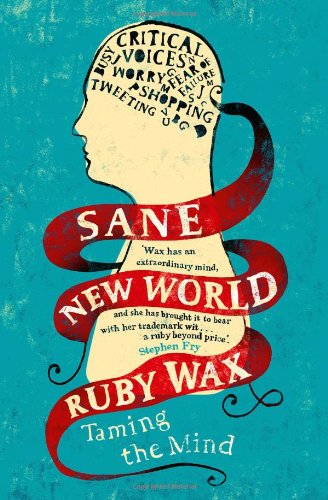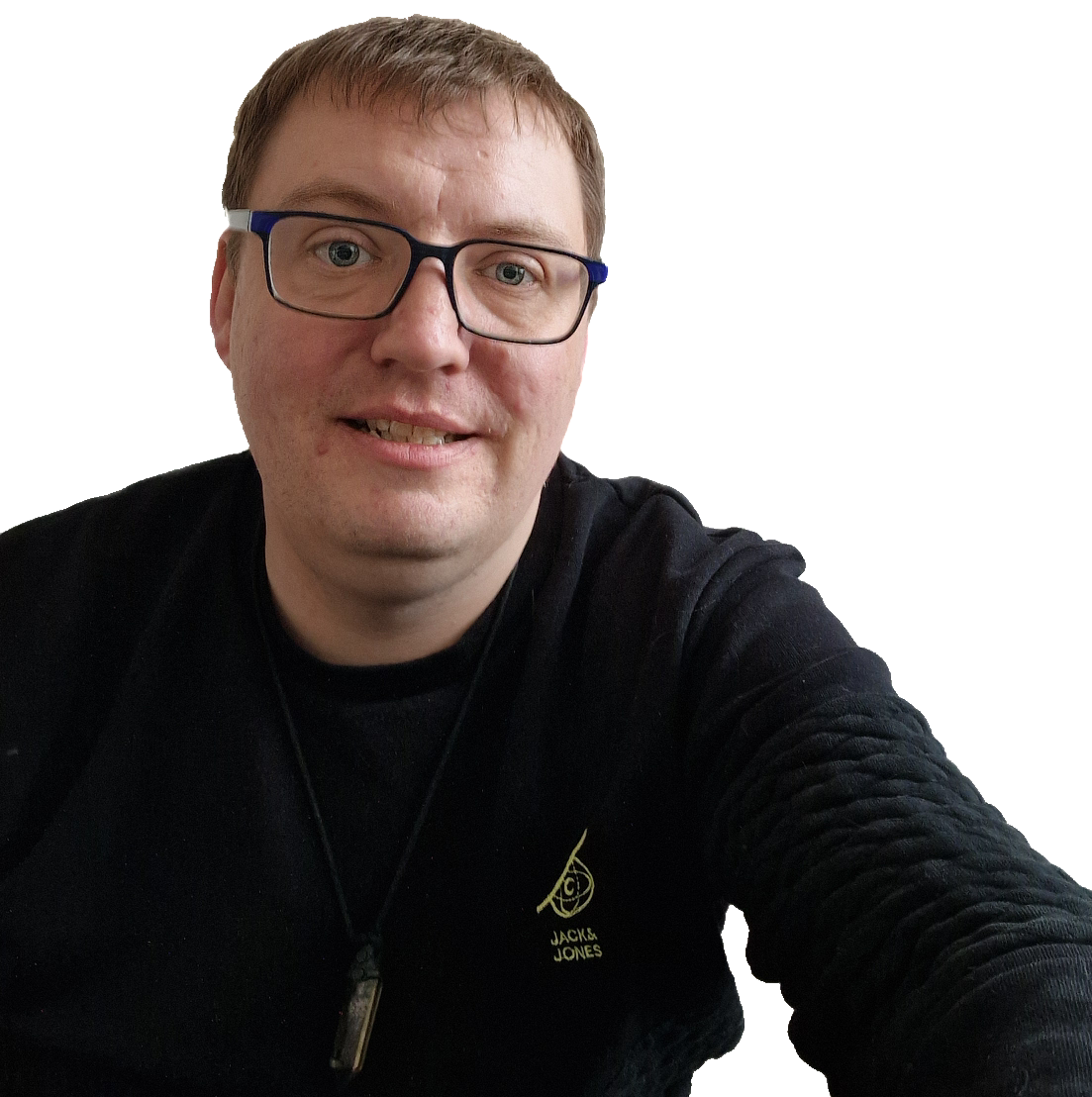 Did You Know? |
This is the fourth in a series of Did You Know? blog posts. Each blog post will gives fascinating facts on a particular topic. In part 1 the topic was science. In part 2 the topic was history. In part 3 the topic was geography.
Today, I give you ten facts about Music & Art: 1. Vincent van Gogh produced his masterpiece Starry Night while admitted in a mental hospital. 2. Leonardo da Vinci completed the world’s most famous painting Mona Lisa from 1503 or 1504 to 1519. It is thought that Leonardo da Vinci could have been gay. He was 24 years old when he, along with several other men, were charged with sodomy. But the charges were dropped when no witnesses came forward. |
3. Michelangelo is most famous for The Sistine Chapel ceiling, which it took him around 4 years to complete. But he was also a wordsmith. He created several hundred sonnets and madrigals in his lifetime.
4. Picasso was perhaps the most prolific creator of all time. During his 91 years of life he created: 13,500 paintings, 100,000 prints, 34,000 book illustrations and 300 sculptures/ceramics.
5. The top three best selling singles of all time are White Christmas by Bing Crosby, Candle in the Wind by Sir Elton John and Silent night, holy night by Bing Crosby.

6. Mozart was a musical genius. He wrote half of his total symphonies between 8 years old and 19 years old. Mozart could listen to a piece of music once and write it down from memory without any mistakes. He died aged 36, successful in the creation of music, but without any money.
7. Beethoven performed for Mozart when he was 17 years old in Vienna. Mozart was notoriously unimpressed by other musicians, but apparently was impressed with Beethoven. No one really knows what happened at that meeting, but the myth says that Mozart left the room stating: “Keep your eyes on him—someday he’ll give the world something to talk about.”
8. Around 26 years old Beethoven began losing his hearing. He tried to keep the fact that he was loosing his hearing a secret. He was totally deaf by 44 years old. Beethoven used his memory of sound and imagination of how music could sound to continue producing music after becoming totally deaf.
9. Classical music helps plants grow faster, according to a 2007 study.
10. Art and music, along with eating and sex all increase serotonin (the happiness chemical) and dopamine (the motivation chemical) in the brain.
Write soon,
Antony
References
Degreed – Top 10 Facts About Vincent van Gogh
MostToday – 10 Most Famous Paintings In The World
Live Science – 5 Things You Probably Didn’t Know About Leonardo da Vinci
Italian Renaissance – Michelangelo’s Painting of the Sistine Chapel Ceiling
History Stories – 9 Things You May Not Know About Michelangelo
Biography – Pablo Picasso
Picasso Mio – Picasso – How many artworks did Picasso create in his life time?
Express – TOP 20 best selling singles of all time
FactRetriever – 69 Interesting Facts about Mozart
Mental Floss – 19 Things You Probably Didn’t Know About Beethoven
Classic FM – So if Beethoven was completely deaf, how did he compose?
Knowable – 27 Rarely Known Facts About Music And The Music Industry.




A great introductory article on candle magic :)
Hi Sofia, Thanks for the comment. I bought that in Glastonbury and he was a real find. I bought him…
Hi! I know this was posted ages ago and so a response may be rare but my dad has been…
Hi Ruth, Thanks for the comment. He might well have been. A x
Hi! Watching video and interviews with Charlie Watt, it had me wondering if he might have had Aspergers/ been on…